In order to seek compensation for your injuries, it’s necessary to establish that another driver was responsible for the accident. Even if you were partially at fault, you may still be entitled to recover damages under the laws of Texas, which follow a “modified comparative negligence” system.
When assessing fault in a motorcycle accident, the judge or jury will consider the actions of all drivers involved. As long as your level of fault is not greater than the driver you’re taking legal action against, you have the right to pursue damages.
However, if you’re found to share some responsibility for the accident, the court will adjust the amount of damages you receive proportionally. This means that even if you made a mistake, such as taking a turn too quickly before the crash occurred, you may still be eligible for compensation if the other driver’s actions contributed to the accident.
It’s important to consult with a knowledgeable attorney who can help you navigate the legal process and advocate for your rights in court.
Role of A Specialized Attorney
Hiring an attorney who specializes in motorcycle accidents is essential, as they will need to prove that your injuries have had a significant impact on your life for your claim to be successful. They will also need to show that the elements of negligence have been met.
These include:
- Duty of care – The defendant in your case must have been responsible for your health, safety, or well-being. All drivers owe a duty of care to other drivers on the road.
- Breach of duty – The defendant must have made a decision or mistake, or failed to make a decision, that ultimately breached their duty of care.
- Causation – The defendant’s actions, conduct, or inaction must be the cause of your motorcycle accident or resulting injuries.
- Damages – The motorcycle accident or your subsequent injuries must have had a substantial impact on your life, whether that be financially, physically, psychologically, or emotionally.
Client Representation
Having a lawyer represent you in motorcycle accident lawsuits is crucial for several reasons:
Navigating Legal Complexities
Lawyers specializing in motorcycle accident cases have a deep understanding of personal injury law, liability issues, and insurance regulations. They can navigate the complexities of the legal system and ensure your rights are protected.
They also conduct thorough investigations into the accident, gathering evidence such as police reports, witness statements, medical records, and expert opinions. This comprehensive approach strengthens your case and increases the likelihood of a favorable outcome.
Apart from collecting relevant proof, you also need an attorney to develop strategic legal approaches tailored to the specifics of your case. They analyze the circumstances surrounding the accident, assess liability, and devise effective arguments to maximize your chances of success.
Ultimately, if your case proceeds to trial, having a lawyer is essential for courtroom representation. They will present your case persuasively, cross-examine witnesses, and argue on your behalf to secure your compensation.
Negotiating With Your Insurance Company After A Motorcycle Accident
The first thing to know about dealing with your insurance company after a motorcycle accident in Houston is not to engage in any negotiations or accept any settlement offer without consulting your legal representative.
While insurers are supposed to advocate for claimants and policyholders, the reality often paints a different picture, with insurance companies prioritizing their financial interests above all else.
Insurance companies are also notorious for employing tactics to minimize payouts and avoid compensating claimants fairly. From refusing to investigate claims to making lowball settlement offers and shifting blame onto accident victims, insurers can be formidable adversaries.
Having a cutthroat lawyer present during communications with insurers can help protect your rights and ensure that you’re not taken advantage of – our motorcycle accident lawyers in Houston can serve as your advocates when dealing with insurance companies.
Working With A Local Houston Motorcycle Accident Lawyer
When dealing with motorcycle accidents, it’s essential to enlist the services of a local attorney who understands the intricacies of these cases in your area.
A Houston-based lawyer is well-versed in the specific laws and regulations governing motorcycle accidents in the state. They’ve likely handled cases similar to yours and know precisely how to navigate the legal landscape. This expertise is invaluable when advocating for compensation for medical expenses, lost income, and pain and suffering.
A critical consideration is also the local lawyer’s quick accessibility. There’s no need to deal with time zone differences or lengthy travel times when scheduling meetings or discussions. This personal connection fosters better communication, allowing for more effective discussions about the details of your claim.
Another advantage of working with a local motorcycle accident lawyer is their connections within the community. They have established relationships with medical professionals, investigators, and other experts who can provide vital evidence to support your case.











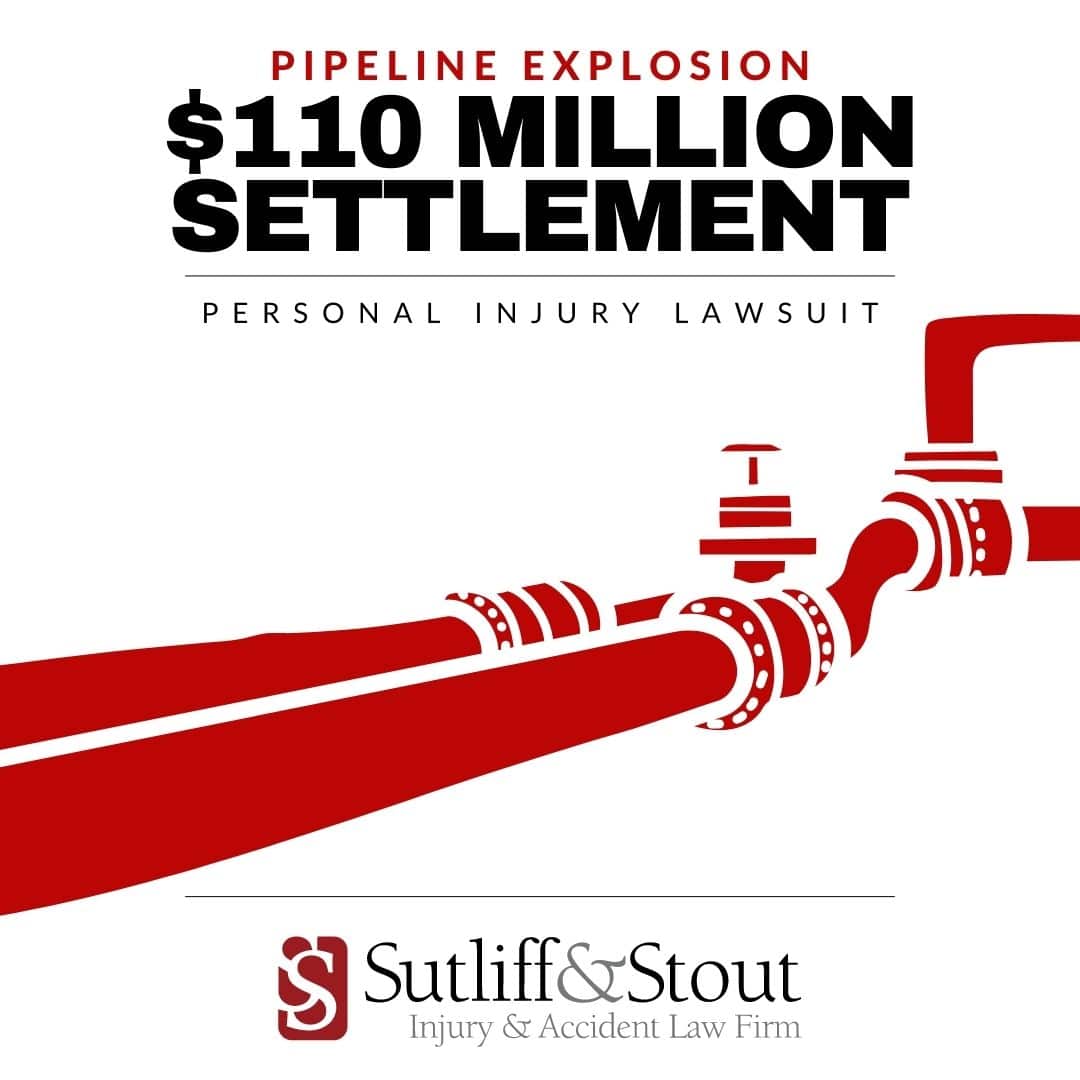
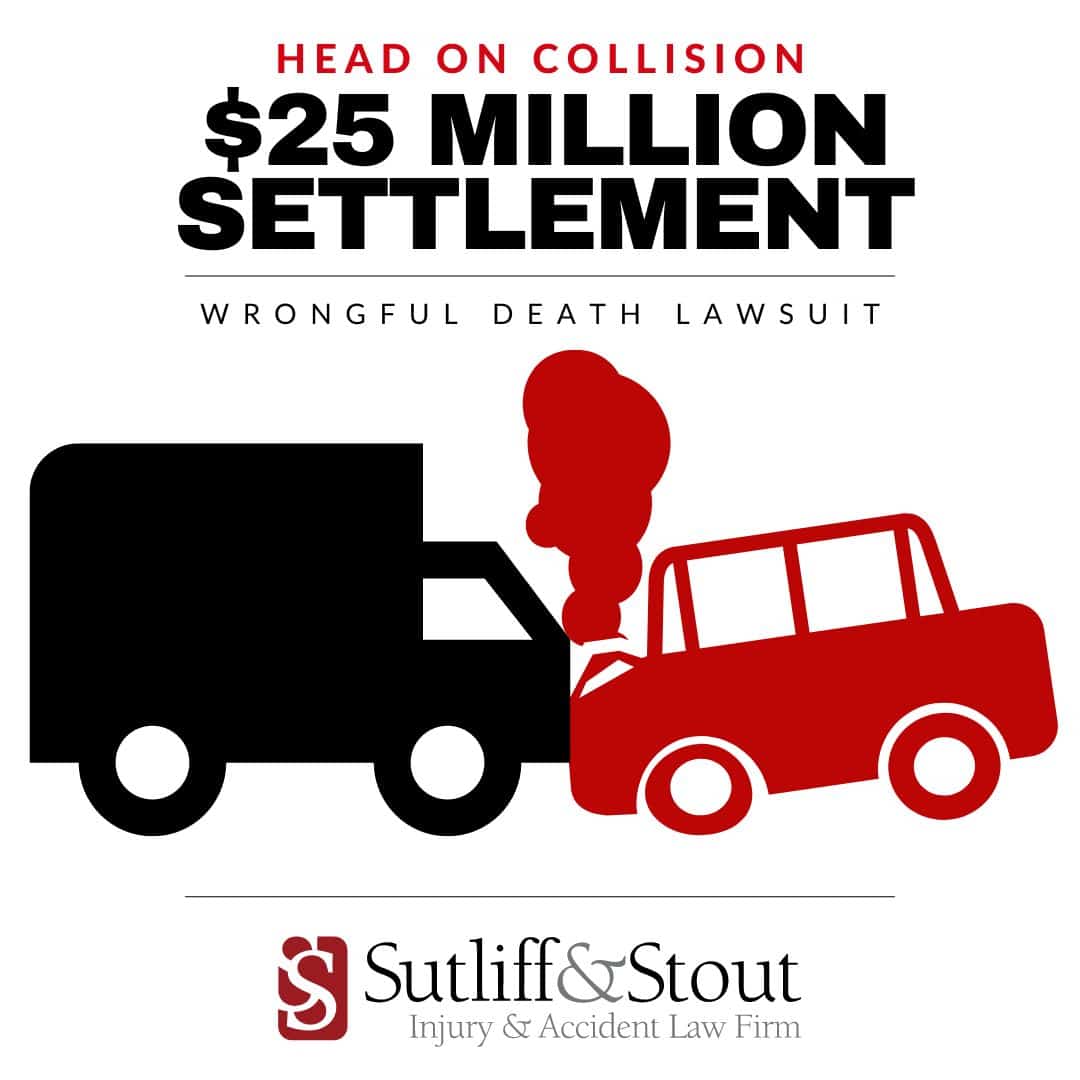
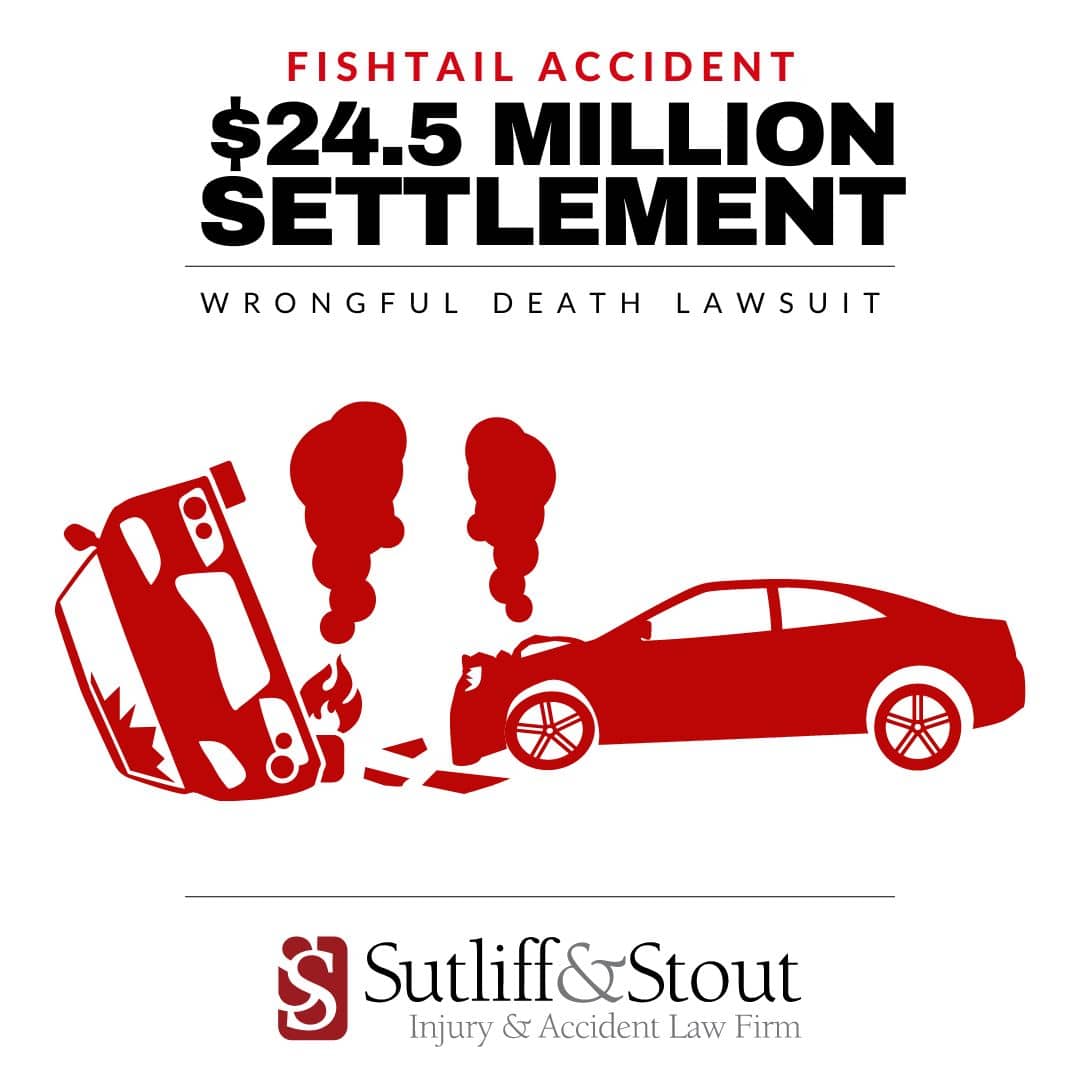
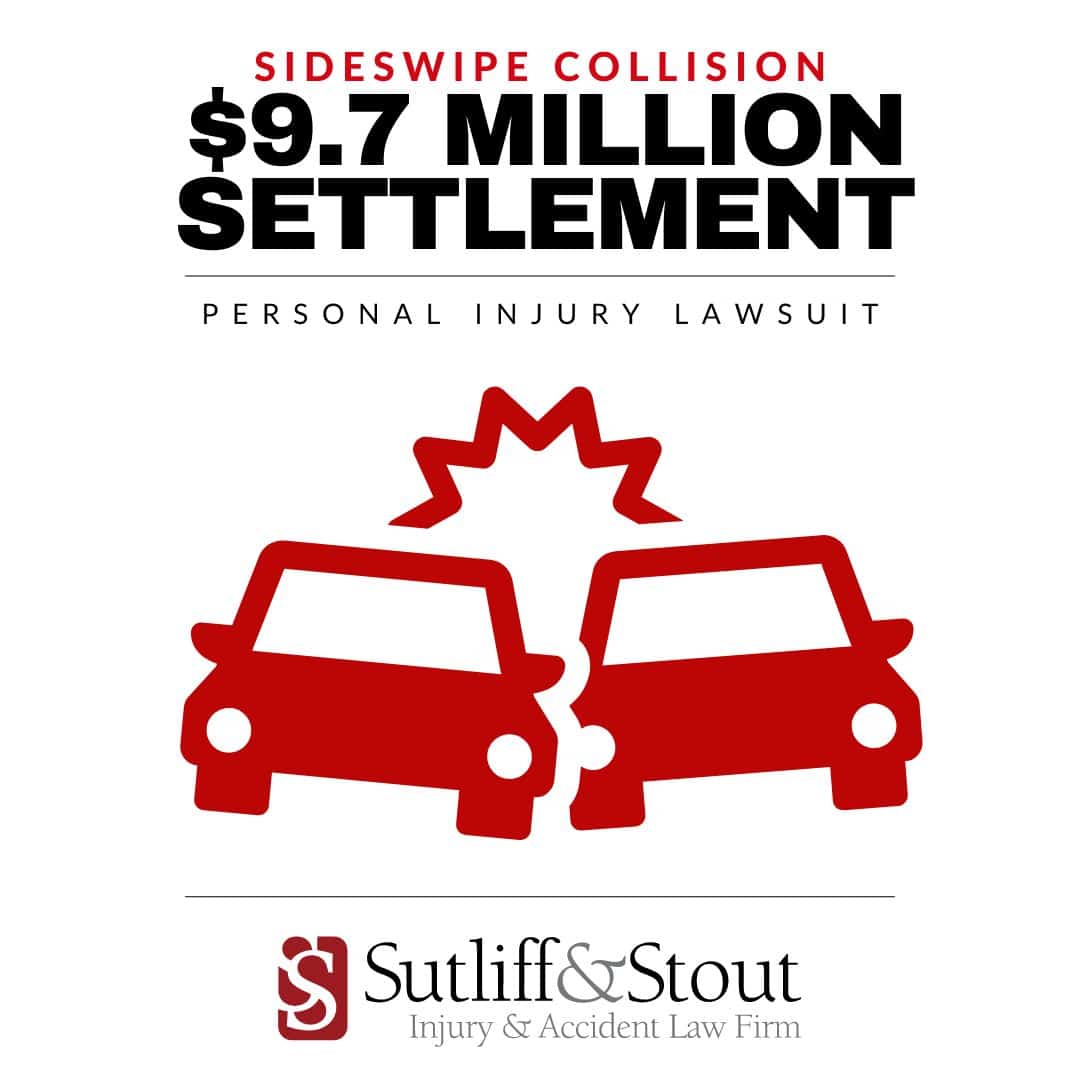








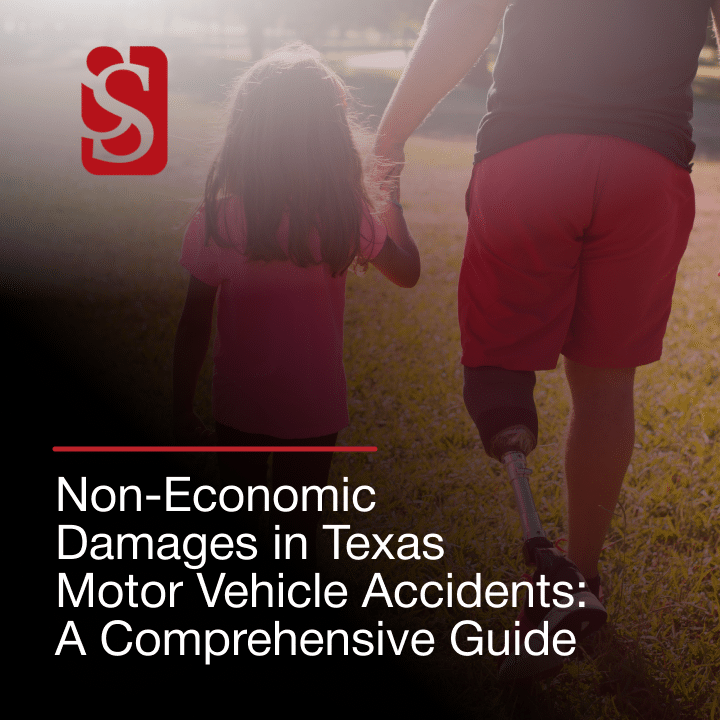
 (713) 405-1263
(713) 405-1263  550 Post Oak Blvd, Suite 530
550 Post Oak Blvd, Suite 530